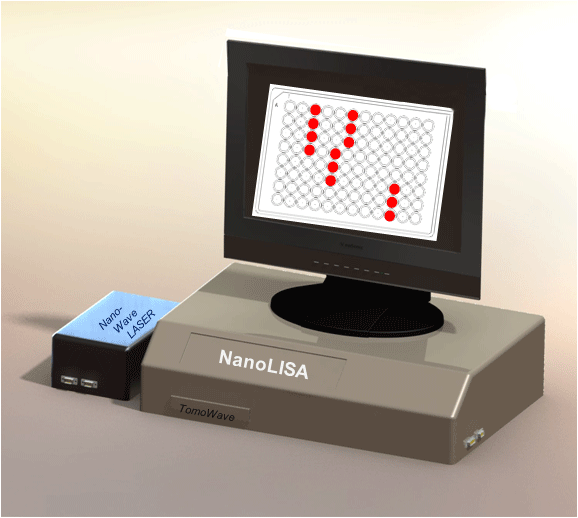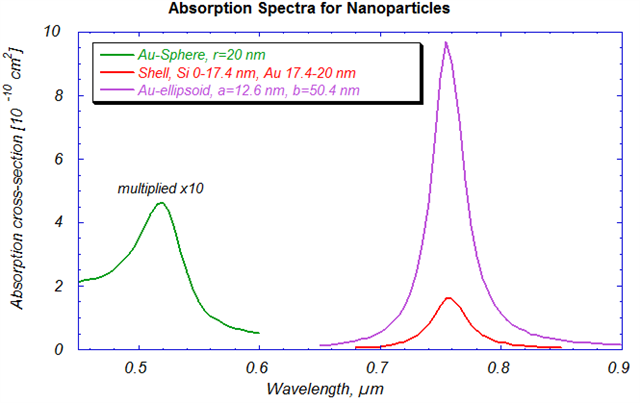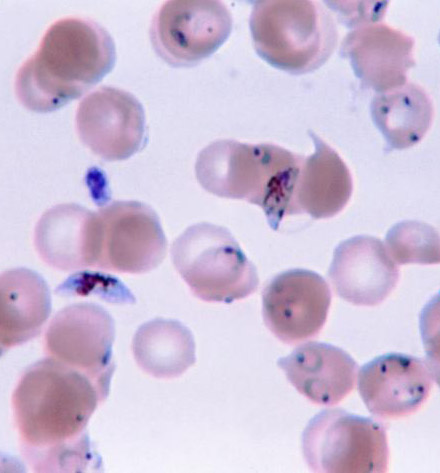Advantages and Applications
Exceptional Sensitivity
Current methods of pathogen detection rely on ELISA , which has a limit of sensitivity about 10 pM of highly fluorescent agents, and often requires several days for culture. The present prototype of NanoLISA biosensor is 5 times more sensitive using gold nanorods. The next generation of the biosensor design employing silver nanorods, as well as the light delivery, can be tuned to further increase sensitivity by an order of magnitude.
Wide Adaptability
The technique can be adapted for detecting a vast array of common pathogens for which ELISA protocols exists, such as Malaria, HIV, Hepatitis (A, B, or C) and Herpes Simplex Virus. Through NanoLISA, measurements are performed without the need for lengthy multiplication process in culture. The instrument is designed to be portable, and is not limited to use in a lab setting. This makes NanoLISA biosensor an invaluable tool for emergency response field work and use in developing countries.
Additional Information



Copyright (c) TomoWave Laboratories, Inc. 2012
Copyright (c) TomoWave Laboratories, Inc. 2012